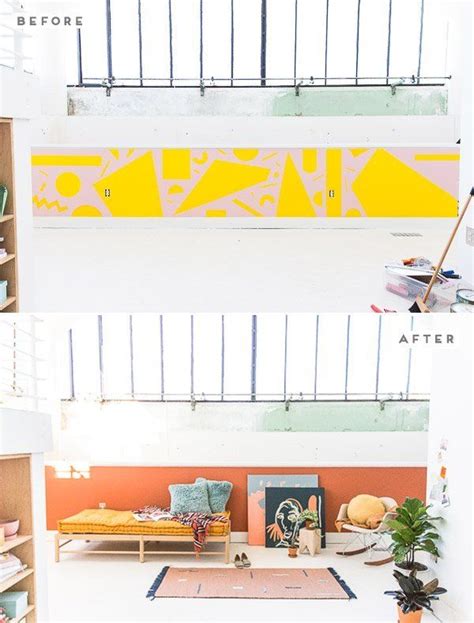Perfect Paint Job Every Time: Mastering Dry Time
Achieving a flawless paint job isn't just about the application technique; it's equally about understanding and managing dry time. Rushing the process can lead to smudges, streaks, and a less-than-perfect finish. This comprehensive guide will walk you through everything you need to know about paint dry time, ensuring your next project is a masterpiece.
What Affects Paint Dry Time?
Several factors influence how long your paint takes to dry. Understanding these will help you manage expectations and avoid mistakes.
Type of Paint:
- Oil-based paints: These typically take much longer to dry, often requiring 24 hours or more between coats and several days for complete cure. Their slow drying time allows for better leveling and a smoother finish but requires more patience.
- Water-based (latex) paints: These dry much faster, usually within a few hours. This speed is a benefit, but it also means you need to be more careful to avoid disturbing the wet surface.
- Specialty paints: Enamels, primers, and other specialized paints have their own drying times, so always refer to the manufacturer's instructions.
Temperature and Humidity:
- Temperature: Warmer temperatures generally speed up drying time, while colder temperatures slow it down. Ideal temperatures are typically between 60-80°F (15-27°C).
- Humidity: High humidity can significantly prolong drying time, as the moisture in the air competes with the paint's evaporation process. Low humidity can actually speed up drying, sometimes too quickly.
Paint Thickness:
Thicker coats take longer to dry than thin, even coats. Multiple thin coats are always preferable to one thick coat, which can lead to cracking and peeling.
Ventilation:
Good airflow helps the paint dry more efficiently by accelerating evaporation. Open windows and doors to promote better ventilation in the painting area.
Surface Area:
Larger surface areas take longer to dry than smaller ones. Consider breaking down large projects into smaller, manageable sections to optimize drying times.
How Long Should I Wait Between Coats?
The wait time between coats is crucial. Applying a new coat before the previous one is dry enough can lead to peeling or lifting. Always follow the manufacturer's instructions, but generally:
- Oil-based paints: Allow at least 24 hours, or even longer depending on conditions.
- Water-based paints: Wait 2-4 hours, depending on the temperature and humidity.
Remember, “dry to the touch” isn’t the same as fully cured. The paint might feel dry, but it may still be soft and susceptible to damage.
What Happens if I Don't Wait Long Enough?
Rushing the drying process has several negative consequences:
- Peeling or lifting: The new coat won't adhere properly to the still-wet previous coat, causing it to peel.
- Smudging or streaking: You'll unintentionally disturb the wet paint, leaving an uneven finish.
- Uneven color: The paint may not dry evenly, leading to variations in color intensity.
- Poor durability: The paint film might be weakened, making it more vulnerable to scratches and damage.
How Can I Speed Up Drying Time (Safely)?
While forcing the drying process too quickly can be detrimental, there are a few safe methods to help accelerate the process within reasonable limits:
- Improve ventilation: Increase airflow using fans or opening windows and doors.
- Maintain optimal temperature: Ensure the temperature is within the recommended range.
- Use a dehumidifier: This can help reduce humidity in the air, speeding up the drying process.
How Long Does Paint Take to Fully Cure?
"Dry" and "cured" aren't interchangeable. Dry means the surface is no longer wet, while cured means the paint has fully hardened and reached its maximum durability. This often takes significantly longer than the drying time:
- Oil-based paints: Can take several days or even weeks to fully cure.
- Water-based paints: Usually cure within a few days.
It’s important to allow sufficient cure time before subjecting the painted surface to heavy use or moisture.
Troubleshooting Common Dry Time Issues
- Paint is taking too long to dry: Check the temperature, humidity, and ventilation. Are you using a thick coat?
- Paint is drying too quickly: This can lead to unevenness. Try lowering the temperature or increasing humidity slightly.
- Paint is peeling or lifting: You likely applied a new coat too soon.
By understanding the factors that influence paint dry time and following best practices, you can consistently achieve a perfect paint job every time. Remember: patience is key to a flawless finish!

